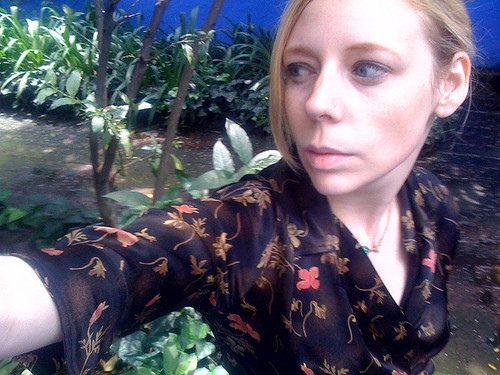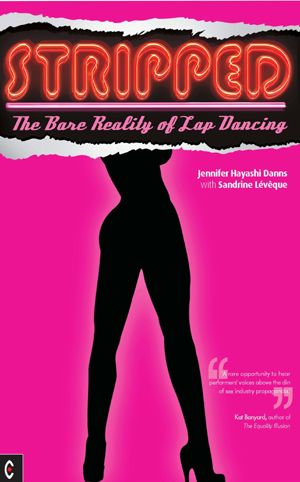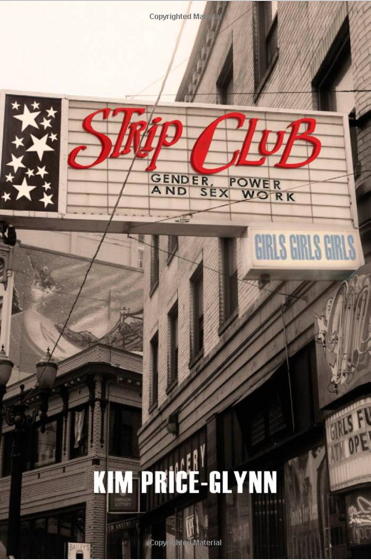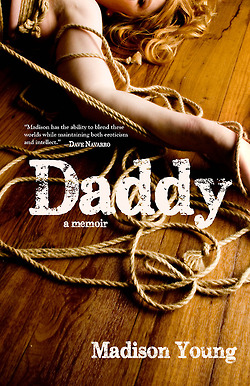Activist Spotlight: Melissa Gira Grant on Playing The Whore and Policing the Policers, Part One

In the early aughts when I was a novice escort and On Our Backs was still being published, I was wowed by Melissa Gira Grant, an internet porn-making, geeky, theory-spouting phenom, even managing to be friends with her despite the fact that she was an Anais Nïn devotee. Over the years I’ve kept in touch with her as she branched out into self-publishing on her imprint Glass Houses, producing works like the innovative sex anthology Coming and Crying and Take This Book, her report on Occupy Wall Street’s People’s Library; activist and foundation work at St. James Infirmary and the Third Wave Foundation; and radical journalism. Soon enough her byline became a common sight in publications like the Guardian and the Nation, bringing sex workers’ rights to the attention of the mainstream public. Now, with the publication of her new book, Playing The Whore: The Work of Sex Work, Melissa has brought her formidable intellect to bear on how the mainstream conceives of us.
You’ve always been fascinated by representations of sex work. I remember when I first met you, you talked about how you used to love to look through escort ads in the back of your local alternative weekly as a teenager, and you write about that in the book as well.
And before the paper, the phone book! It wasn’t just the ambient Massachusetts puritanism I grew up in, even if that would be easy to blame it on (and actually, I was raised Catholic). I was desperately curious about sex as a kid is what I’m saying. (Thanks for taking us to such a Freudian place right off the bat, Caty.)
So even though it wasn’t totally obvious what was going on in the phone book escort ads, they did a good job of signifying that it was probably sex. And then you got much more than clip art of lips and evening gowns to advertise with on the internet. It’s difficult to imagine what it would be like to be confined to what some print designer put together, probably to sell prom dresses. It’s not just the photos, videos, and everything else some sex workers can afford to put in their ads to stand out now online that attract me. I wrote something for $pread once about how even the typography in the headlines of ads on Craigslist Erotic Services—the asterisks, the spacing, the creative use of symbols—it reads like a red light as much as red neon does now, to someone scrolling around online. I look at ads as cultural production, as part of the labor of sex work. If someone has some old phone books to donate, or could just tear out the “E” section, I’d take them. I know ads are almost always meant to be ephemeral, but someone needs to archive ads for posterity.
Yes, I remember your curiosity about my advertising process back when I was a pre-internet escort in 2002, working out of one of those alternative weeklies, and you were an ex-stripper just starting to establish herself as a writer. You actually chronicle one of our Q and A sessions about my work back then in one of the first chapters of your new book, discussing how fraught that exchange was, given that sharing information with other sex workers can still be construed as felony pandering. I’d be interested to hear your thoughts on sex workers’ fascination with other sex workers’ jobs. You captured your side of the interaction, how you didn’t know whether you should be asking, whether you were good enough to do full service work, whether what you said might make me think you thought you were too good for full service work…
Well, how else was I supposed to learn about escorting, I thought? I had met other escorts before, but they all worked in big cities, either for agencies or in ad-hoc ways using the internet (this was in the early 2000’s), using Yahoo personals or Craigslist. Way before social media, but still at a time when the back page of the newspaper didn’t seem real. I had been doing sex work for some time, and I still didn’t understand that the ads in the paper would be tolerated long enough by police for anyone to make a living off of running them. So that was my curiosity: the medium.
It’s fascinating now, to look back and remember what an outsider I felt like, within our friendship and in our very very small community, because I hadn’t escorted. It’s one thing for a dancer to help out another dancer, but to ask you how you structured your calls and organized your business? I knew I was asking you to take a risk on me, because of the legal issues that could be associated with giving that kind of advice, under criminalization. And I also, on some level, wanted to seem like, oh of course I must know all this already! But I didn’t. No one is born with the two-call system in their head.


 Madison Young’s memoir Daddy tackles head-on the daddy issues sex workers are always accused of having. Young skillfully and responsibly presents her journey from a little girl who misses her daddy to an accomplished gallery owner, feminist erotic film producer, author, and “sex positive Tasmanian devil.” She begins by tackling the issue of consent: yours. “I cannot hear the consenting ‘yes’ seep from your lips,” she writes, “but by the simple turn of this page you will be physically consenting to this journey, this scene, between you and I.”
Madison Young’s memoir Daddy tackles head-on the daddy issues sex workers are always accused of having. Young skillfully and responsibly presents her journey from a little girl who misses her daddy to an accomplished gallery owner, feminist erotic film producer, author, and “sex positive Tasmanian devil.” She begins by tackling the issue of consent: yours. “I cannot hear the consenting ‘yes’ seep from your lips,” she writes, “but by the simple turn of this page you will be physically consenting to this journey, this scene, between you and I.”